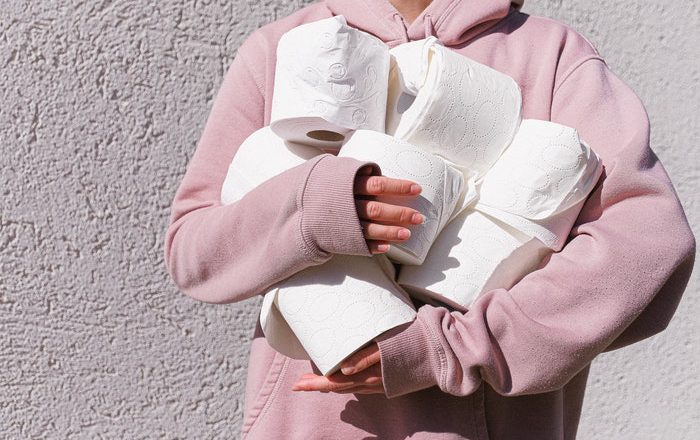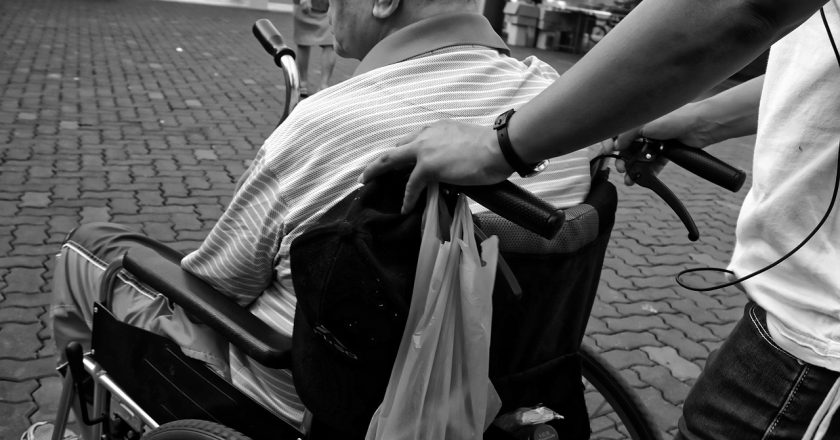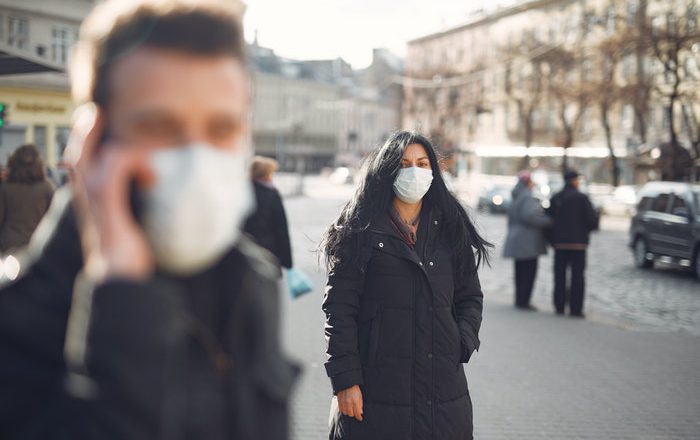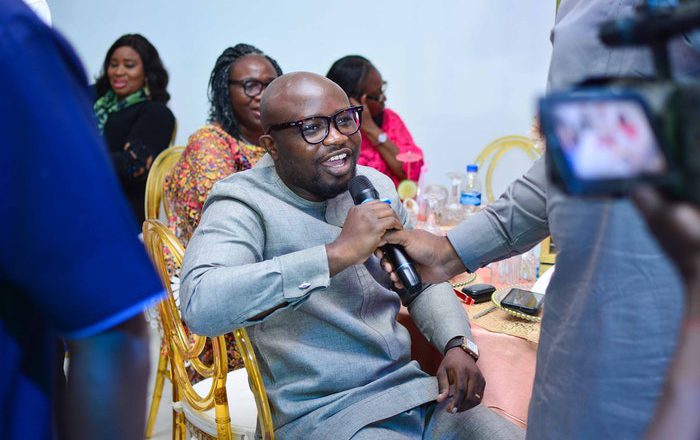Rural Health Cooperatives Are Innovating But Are Challenged By Connectivity And Social Distancing
Rural areas are seeing some of the fastest spread of the COVID-19 in the U.S., taxing already stressed rural health care systems. Researchers Tanisa Adimu and Amanda Phillips Martinez head the Community Health Systems Development team of the Georgia Health Policy Center at Georgia State University, providing and evaluating technical assistance to rural health care providers and organizations around the country. Over the past months, they surveyed around 120 rural health care providers about the challenges they faced during the COVID-19 pandemic and how they are adapting to meet those challenges.
Tanisa Adimu and Amanda Philips Martinez talk about the challenges rural health providers are facing.
New ways to get health data
There has been a drop in the number of patients making in-person vi...






